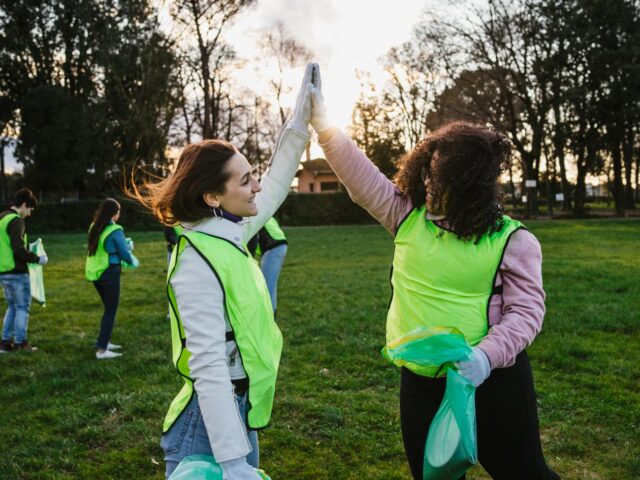Most indicators of ‘social capital’ stayed at their pre-April 2020 levels in 2020-21, according to new figures from the Office for National Statistics, although the results varied by age and sex.
The new statistics were released as part of ONS’s regular work on wellbeing across the UK, examining “the extent and nature of our connections with others and the collective attitudes and behaviours between people that support a well-functioning, close-knit society”. The statistics use data from several sources including Understanding Society, which was used to measure the practical support that people receive from family, friends and neighbours.
The researchers found that:
- Women, older people and people living in rural areas tend to be more involved in local social and support networks than men, younger people and those in urban areas.
- Women report stronger social connections and support links with their local communities than men.
- Supporting others in our area tends to increase with age – 65.8% of people aged 65 to 74 checked on their neighbours who might need help compared with 41.3% of those aged 16-24.
The statistical bulletin also says that rural areas appear to have stronger community relations than urban areas, although the percentage of people in urban areas who believe they can generally trust other people has risen. In addition, after narrowing for a time, the gender gap in feeling safe when walking alone at night in one’s local area has grown again – 89.5% of men feel safe, compared to 69.5% of women.
ONS uses 28 indicators of social capital, including:
- people’s satisfaction with their family life, and social life
- the proportion with a close friend, and who socialise at least once a week
- levels of volunteering and social action
- trust in neighbours, and in government.
Four of the indicators improved in 2020-21, and six deteriorated, but 12 remained the same.
Covid 19Health and wellbeingPolitics and social attitudes



